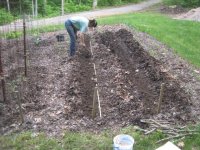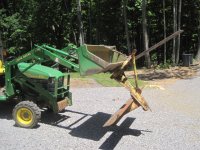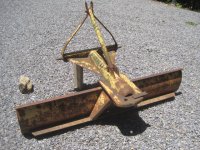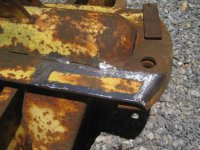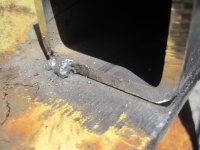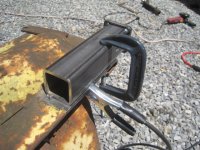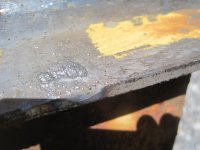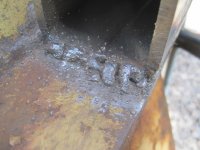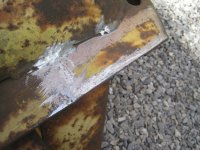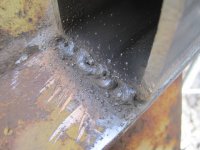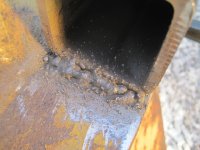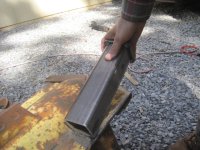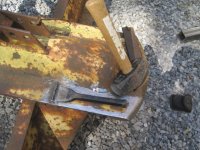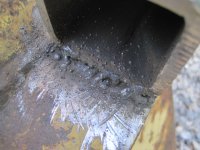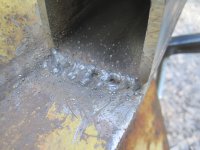patrick_g
Elite Member
One of the local counties has a place where you can pick up leaf mulch. My wife went and got a pickup load. I unloaded them.
View attachment 320688 View attachment 320689 View attachment 320690
We are using the leaf mulch in beds around the house.
View attachment 320691
Mulch as a appearance cover/moisture conservator/weed retarder works pretty good as does the wood chips generated by the "tree eating" machines (chipper shredders). As a soil amendment these additives take up available nitrogen in the decomposition process and starve plants for nitrogen. You can balance things by adding high nitrogen fertilizer. If properly composted before use there is virtually no worry regarding nitrogen depletion.
Patrick
